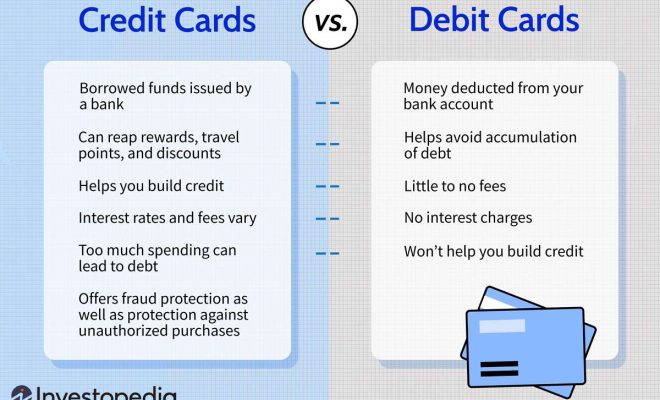3 Ways to Conclude a Speech

Introduction:
Delivering the perfect speech often boils down to one key factor: how you end it. Your conclusion should leave a lasting impression and reinforce the main message of your presentation. A weak or poorly crafted ending can undo all your previous hard work and leave the audience unsatisfied or confused.
Fortunately, there are many ways to conclude a speech that both engages the audience and drives home your main points. In this article, we’ll discuss three effective methods to wrap up your speech with power and purpose.
1. Summarize and Recap:
One of the simplest yet most effective ways to conclude a speech is by summarizing your main points in a concise and compelling manner. This helps reinforce key messages for the audience and emphasizes how your information was structured.
To do this effectively, highlight the essential points or arguments you made during your presentation and weave them together in a way that shows their coherence. Finally, link these points back to the introduction to create a sense of closure.
Example: “In conclusion, we’ve discussed today the importance of (point A), how (point B) contributes to its success, and what steps we can take moving forward with (point C). By understanding these critical factors, we are well-prepared for the challenges ahead.”
2. Call-to-Action:
Another great way to finish a speech is by invoking a call-to-action (CTA). This method encourages members of your audience to take specific actions based on what they’ve learned from your presentation. A call-to-action creates engagement and pushes your audience towards making real changes in their lives.
For example, if you’ve just spoken about environmental conservation, challenge your listeners to reduce their carbon footprint in specific ways like carpooling or recycling more effectively.
Example: “So, let’s all make an effort starting today – walk more, use public transport or carpool whenever possible, and recycle our waste responsibly. Together, we can make a difference and contribute to a healthier planet for future generations.”
3. Memorable Quote or Anecdote:
Concluding your speech with a memorable quote or anecdote is another way to leave a lasting impression on your audience. If you choose to use this method, ensure that the content is relevant to your main points and helps reinforce the overall message of your speech. Be cautious not to select something overly clichéd or unrelated, as it will detract from the effect you’re trying to create.
For example, if you’ve been talking about time management strategies, you may consider concluding with an inspiring quote like:
Example: “As Benjamin Franklin once said, ‘Lost time is never found again.’ So, let’s all take these lessons on managing our time wisely and make every moment count in our personal and professional lives.”
Conclusion:
Selecting the right ending is crucial for making your speech engaging, effective, and memorable. These three methods – summarizing key points, eliciting a call-to-action, and incorporating quotes or anecdotes – are powerful tools that can help you leave a lasting impact on your audience. Practicing these techniques will eventually come naturally to you and play an essential role in the success of your presentations.


